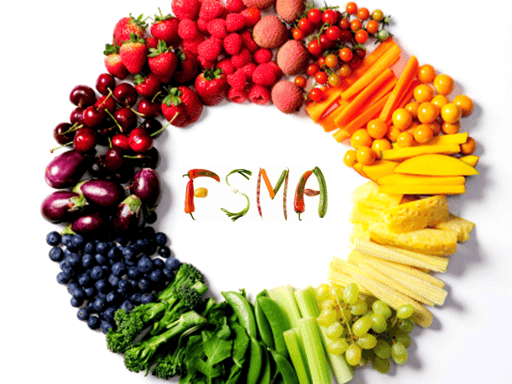
- Establishes Safety Standards for Produce – If you're involved in the growth, harvest, packing, or storage of produce, you will be looking at regulation on everything from water quality to fertilizer to equipment to farm animals and beyond. The hygiene and health of employees is also taken into consideration to minimize the risk of food-borne illness and ensure cleanly handled produce.
- Redefines Meaning of “Farm” – The FSMA aims to broaden the concept of a “farm” to include food organizations that may not traditionally be thought of under that term. The purpose of this being to cover all bases and mitigate hazards that may have previously flown under the radar. No loophole exemptions.
- Verifies Foreign Food Suppliers – In the interest of eliminating redundant procedures, it is imperative that foreign manufacturers are operated at the same level of quality as they would have been domestically. The stateside importer is obligated to hold their foreign manufacturer to the very same stringent standards. This allows the whole process to flow with heightened efficiency and accountability.
- Defends Food from Insidious Alterations – This is an unprecedented new regulation intended to prevent the unlikely instance of intentional contamination, vandalism, or other foul play. These rules ask food facilities to examine their vulnerabilities and respond accordingly with recommended solutions suited to the particular environment in question. Creating, training, and enforcing a plan is important, no matter how rare the scenario.
- Establishes Sanitary Standards of Transportation – One would be wise to handle the transportation of food-grade product with the utmost foresight and sensitivity. Between manufacturers and shippers and road carriers and rail carriers and receivers… with all sorts of unsavory potential for breakdowns and damage along the way… establishing a stringent plan of action for these scenarios is paramount. The FSMA aims to keep the entire supply chain on the same page, informing each and every party as to where responsibility begins and ends. These responsibilities include (but are not limited to) proper cleaning and inspection of equipment, maintaining temperature control, logging potential contaminations, and recording simple maintenance data at each interval.



